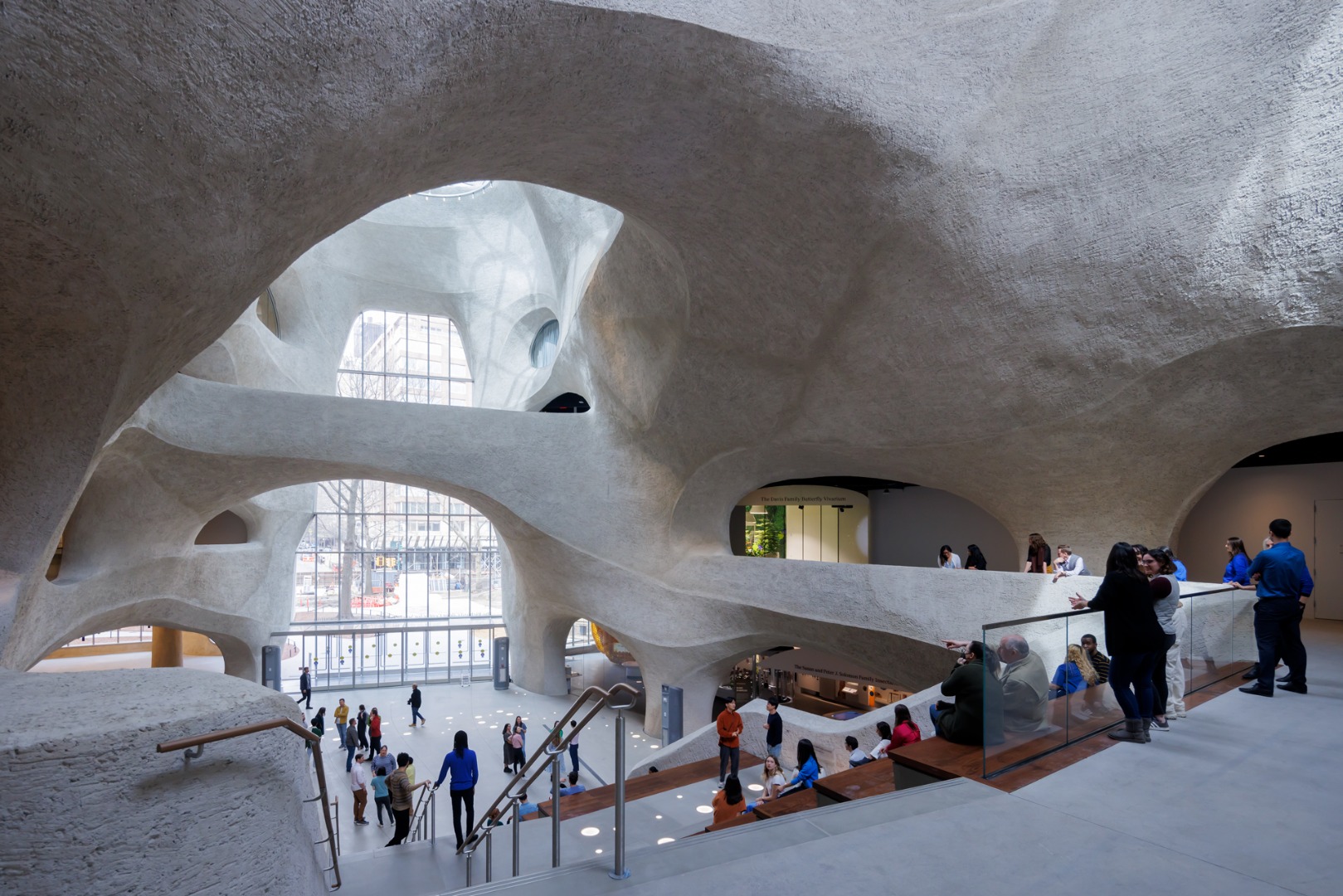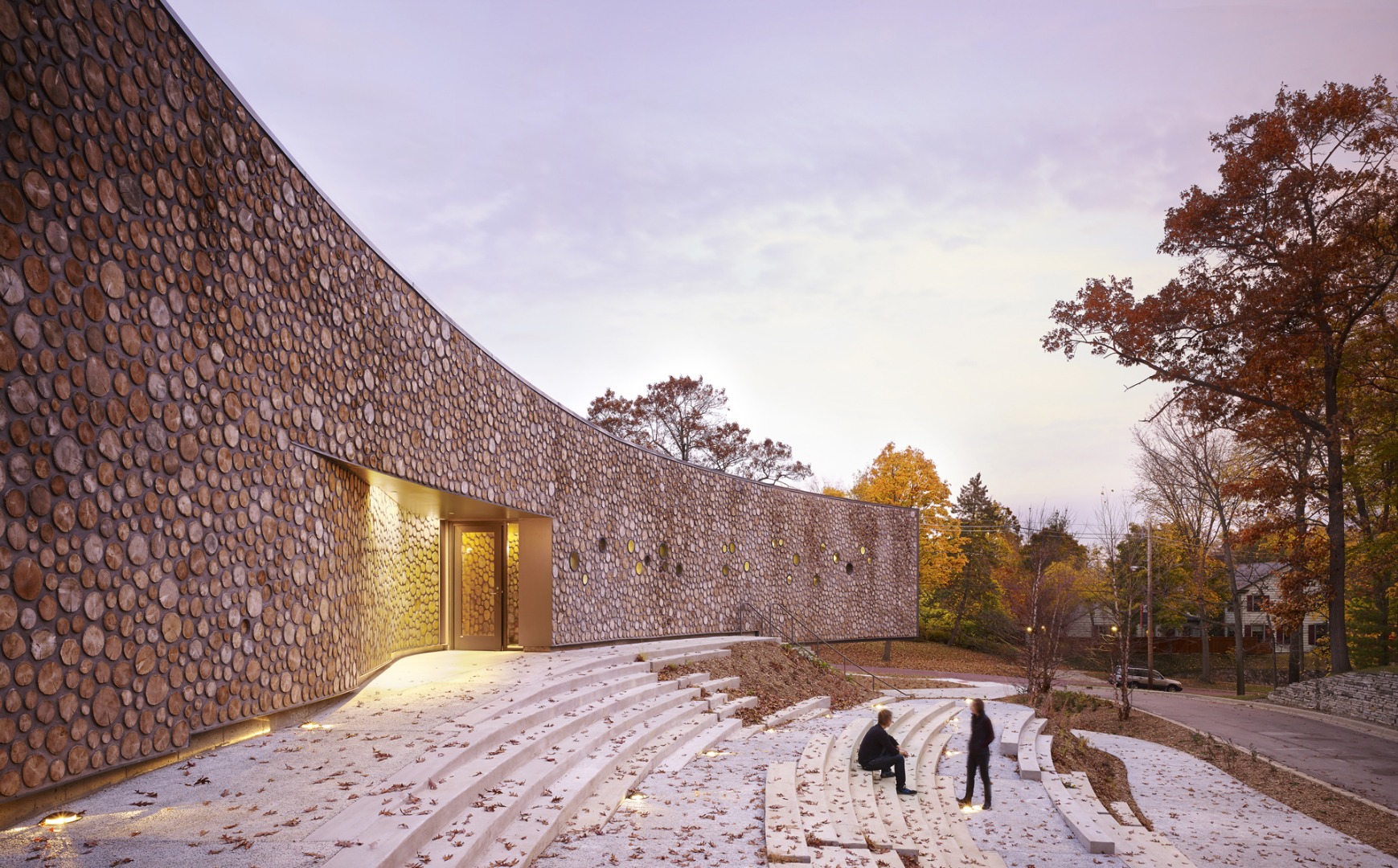Jeanne Gang of Studio Gang answers five questions ahead of her visit to Aotearoa New Zealand for in:situ 2024.
1. How has architecture changed in the time you’ve been practising?
If we speak about progressive design, today we can finally see environmental stewardship as a strong driver for design. Previously, sustainability was often associated with the technical side of a building and treated as an add-on. There is still more that can be done, but I’m happy to say there is a much broader interest today in the materials from which buildings are made, how buildings can foster a sense of care for our shared resources, and how they can make emotional connections between us and our living planet.

2. How do you see the profession changing in the future?
I’d like to see expanded possibilities for re-use in architecture and a rethinking of new designs that consider future uses, such as designing for reversibility. In a way, I’d like to see the end of economic ideas like obsolescence and ‘creative destruction’, and more creativity around care, repair, and reinvention of buildings. Exciting design solutions can emerge when we extend the life of structures and find new possibilities for their future. I also know we will need to develop less harmful building materials, such as those that are bio-based and non-emitting, and plan for new kinds of spaces like productive urban forests that will help restore, rather than purely extract from, the earth. It will be about adapting, of course, to new climate futures and the associated behavioural changes that they will induce.
3. What’s the most valuable thing you have learned over the years in your practice as an architect?
The dynamic that produces great architecture is one that equally values different points of view. That means listening to the respective voices of other disciplines, clients, cities, and community members and working collectively to realise the best design. Even when it poses challenges, collaboration should always be a key part of the design process because we all have a place in the future we’re designing together.

4. What is the best piece of advice you’ve received in your career and who gave it to you?
Stanley Tigerman told me that to be an architect, you need to develop a tough skin. At the time, I didn’t agree and I thought architects should be more sensitive, not less. But I now better understand what he meant – I prefer to call it ‘resiliency’ rather than tough skin. It definitely helps to be resilient.
5. What’s the one building you wish you had designed?
I am always in awe of engineering feats, so the Pantheon stands out as a favourite. The endurance and scale of that structure is amazing, but the poetry of its spatial connection to the sky makes it deeply architectural.
Jeanne Gang is an international keynote speaker at in:situ on Wednesday 21 February 2024.
Jeanne Gang’s keynote speech is proudly sponsored by Metalcraft Roofing.



